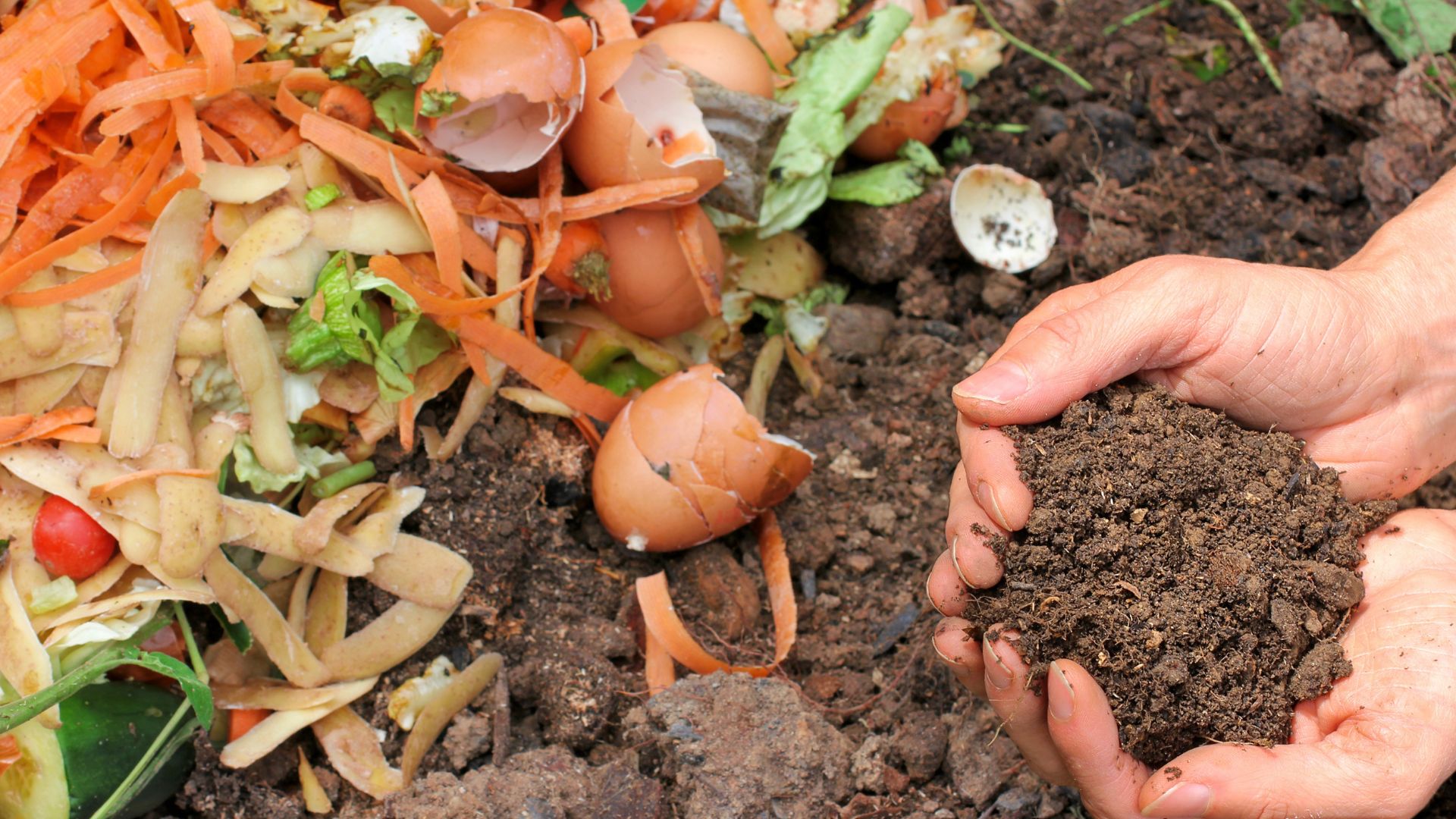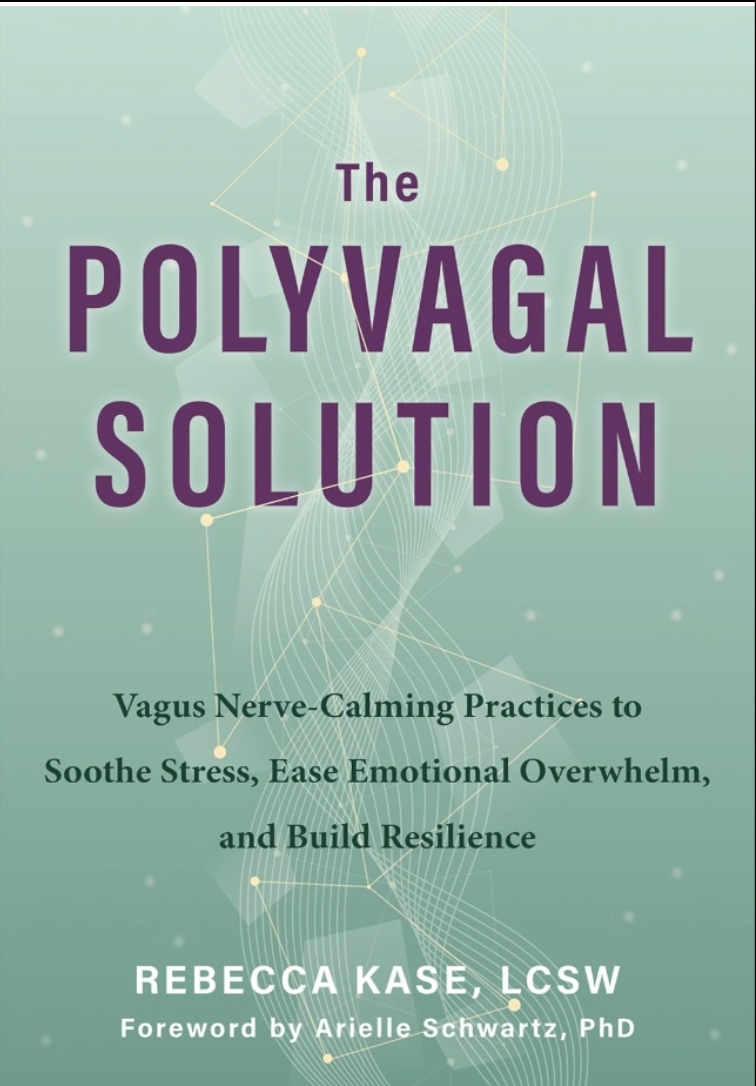Lifestyle
Vikki Gerrard Shares How To Start An Eco-Friendly Home Composting System

The world is facing a major environmental crisis, and it’s our responsibility to do what we can. We can do our part by starting an eco-friendly home composting system. Composting is a simple and effective way to reduce waste and create nutrient-rich soil for your garden. The expert, Vikki Gerrard La Crosse WI has some tips for you. This blog post, La Crosse WI, will share nine ways to start an eco-friendly home composting system.
Choose a Composting Method That Works for You:
Several composting methods include traditional composting, vermicomposting, and hot composting. Each method has pros and cons, so choose one that works for your needs and lifestyle. For example, if you have limited space, vermicomposting (using worms) might be better than traditional composting. Therefore, carefully considering which method would work best for your home is essential.
Gather the Right Materials:
For a successful composting system, you’ll need a few basic materials such as organic materials like food scraps, leaves, grass clippings, and animal manure; a bin or container; and a supply of air. Depending on your composting system, you may need additional materials, such as bedding, for vermicomposting.
Pick the Right Location:
Your compost bin needs to be in a location that is easily accessible but also out of the way. You don’t want it in a high-traffic area, but it also needs to be convenient enough that you’ll use it regularly. It should also be in a spot that receives sunlight but isn’t too hot.
One way to get started is by sectioning off a corner in your yard using wood or plastic bins.
Add the Right Materials:
Composting requires a mix of “green” and “brown” materials. Green materials include vegetable and fruit scraps, while brown materials include leaves, sawdust, and newspaper. It’s important to add the right mix of materials to your compost bin to keep it balanced. Too much of one type of material can lead to a smelly, slow-to-mature compost.
For example, adding too much grass clippings can create an environment that’s too wet and lead to mold or fungus growth.
Stir Regularly:
For your compost pile to break down efficiently, you’ll need to stir it regularly. You don’t need any special equipment – a pitchfork or shovel will do the trick – but stirring helps move oxygen throughout the pile, which helps to break down the materials and create compost faster.
You can also add water to your compost pile, but be careful not to overdo it. Too much water can create an environment that’s too wet, leading to mold or fungus growth.
Avoid Certain Foods:
While many food scraps are great for composting, there are some foods you should avoid. These include meats, dairy products, oils, and fats. These items can attract rodents and other pests, and they can also slow down the decomposition process.
On the other hand, you can add eggshells, coffee grounds, and tea bags, as these are all excellent sources of nutrients for your compost.
Maintain Your Compost Bin:
To keep your composting system running smoothly, you’ll need to maintain your compost bin. This means turning the compost regularly to help it break down more quickly and adding water to keep it moist. You’ll also need to keep an eye on the level of your compost bin – if it’s too full, you’ll need to start a new bin or find ways to use the compost you already have.
Use Your Compost:
Once your compost is ready, you can use it to fertilize your garden. This nutrient-rich soil is excellent for plants and can help reduce the need for chemical fertilizers. You can also use it for potted plants or give it to friends and family.
Another way to use your compost is by donating it to local farms. Many small-scale farmers require nutrient-rich soil and would be happy to take your compost off your hands.
Troubleshoot Common Problems:
While composting is a relatively simple process, there can be some issues you’ll need to troubleshoot. These can include problems like odors, pests, and slow decomposition. To troubleshoot these issues, you may need to adjust the mix of materials you’re adding to your compost bin or change the location of the bin.
Additionally, you may need to ensure your compost pile is getting enough air or add some water to help speed up the decomposition process.
Conclusion:
Vikki Gerrard La Crosse WI understands that starting an eco-friendly home composting system doesn’t have to be complicated. By following these nine tips, you can create nutrient-rich soil for your garden and do your part to reduce waste. Remember to choose a composting method that works for you, add the right materials, avoid certain foods, maintain your compost bin, use your compost, and troubleshoot common problems. You can contribute to a healthier planet with little time and effort.
Lifestyle
The Missing Piece in Self-Help? Why This Book is Changing the Wellness Game

Self-help shelves are full of advice — some of it helpful, some of it recycled, and most of it focused on “mindset.” But Rebecca Kase, LCSW and founder of the Trauma Therapist Institute, is offering something different: a science-backed, body-first approach that explains why so many people feel struck, overwhelmed, or burned out — and what they can actually do about it.
A seasoned therapist and business leader, Kase has spent nearly two decades teaching others how to navigate life through the lens of the nervous system. Her newest book, “The Polyvagal Solution,” set to release in May 2025, aims to shake up the wellness space by shifting the focus away from willpower and onto biology. If success has felt out of reach — or if healing has always seemed like a vague concept — this book may be the missing link.
A new way to understand stress and healing
At the heart of Kase’s approach is polyvagal theory, a neuroscience-based framework that helps explain how our bodies respond to safety and threat. Developed by Dr. Stephen Porges, polyvagal theory has transformed the way many therapists understand trauma, but Kase is bringing this knowledge to a much wider audience.
“The body always tells the truth,” Kase says. “If you’re anxious, exhausted, or always in overdrive, your nervous system is asking for support, not more discipline.”
“The Polyvagal Solution” makes this complex theory digestible and actionable. Instead of promising quick fixes, Kase offers strategies for regulating the nervous system over time, including breathwork, movement, boundaries, and daily practices that better align with how the human body functions. It’s less about pushing through discomfort and more about learning to tune in to what the body needs.
From clinical expertise to business insight
What sets Kase apart isn’t just her deep understanding of trauma but how she blends that knowledge with real-world experience as a business owner and leader. As the founder of the Trauma Therapist Institute, she scaled her work into a thriving company, all while staying rooted in the values she teaches.
Kase has coached therapists, executives, and entrepreneurs who struggle with burnout, anxiety, or feeling disconnected from their work. Regardless of who she works with, though, her message remains consistent: the problem isn’t always mindset — it’s often regulation.
“Success that drains you isn’t success. It’s survival mode in disguise,” Kase explains. Her coaching programs go beyond traditional leadership training by teaching high achievers how to calm their nervous systems, enabling them to lead from a grounded place, not just grit.
Making the science personal
For all her clinical knowledge, Kase keeps things human. Her work doesn’t sound like a lecture but rather like a conversation with someone who gets it. That’s because she’s been through it herself: the long hours as a therapist, the emotional toll of supporting others, the realities of building a business while managing her own well-being.
That lived experience informs everything she does. Whether she’s speaking on stage, running a retreat, or sharing an anecdote on her podcast, Kase has a way of weaving humor and honesty into even the heaviest topics. Her ability to balance evidence-based practice with practical advice is part of what makes her voice so compelling.
Kase’s previous book, “Polyvagal-Informed EMDR,” earned respect from clinicians across the country. But “The Polyvagal Solution” reaches beyond the therapy community to anyone ready to understand how their body is shaping their behavior and how to create real, sustainable change.
Why this message matters
We’re in a moment where burnout is common and overwhelm feels normal. People are looking for answers, but many of the tools out there don’t address the deeper cause of those feelings.
That’s where Kase’s work lands differently. Instead of telling people to “think positive” or “try harder,” she teaches them how to regulate their own biology. And in doing so, she opens the door for deeper connection, better decision-making, and more energy for the things that matter.
As more workplaces begin to embrace trauma-informed leadership, more individuals are seeking solutions that go beyond talk therapy and motivational content. Kase meets that need with clarity, compassion, and a toolkit rooted in both science and humanity.
A grounded approach to lasting change
What makes “The Polyvagal Solution” stand out is its realism. It doesn’t ask readers to overhaul their lives but instead asks them to listen — to pay attention to how their bodies feel, how their stress patterns manifest, and how even small shifts in awareness can lead to significant results over time. Whether you’re a therapist, a team leader, or someone trying to feel more at ease in your own skin, this book offers a way forward that feels both grounded and achievable.
Rebecca Kase isn’t just adding another title to the self-help genre. She’s redefining it by reminding us that we don’t have to muscle our way through life. We just have to learn how to work with, not against, ourselves.
And maybe that’s the real game-changer we’ve been waiting for.
-

 Tech4 years ago
Tech4 years agoEffuel Reviews (2021) – Effuel ECO OBD2 Saves Fuel, and Reduce Gas Cost? Effuel Customer Reviews
-

 Tech6 years ago
Tech6 years agoBosch Power Tools India Launches ‘Cordless Matlab Bosch’ Campaign to Demonstrate the Power of Cordless
-

 Lifestyle6 years ago
Lifestyle6 years agoCatholic Cases App brings Church’s Moral Teachings to Androids and iPhones
-

 Lifestyle4 years ago
Lifestyle4 years agoEast Side Hype x Billionaire Boys Club. Hottest New Streetwear Releases in Utah.
-

 Tech7 years ago
Tech7 years agoCloud Buyers & Investors to Profit in the Future
-

 Lifestyle5 years ago
Lifestyle5 years agoThe Midas of Cosmetic Dermatology: Dr. Simon Ourian
-

 Health6 years ago
Health6 years agoCBDistillery Review: Is it a scam?
-

 Entertainment6 years ago
Entertainment6 years agoAvengers Endgame now Available on 123Movies for Download & Streaming for Free
